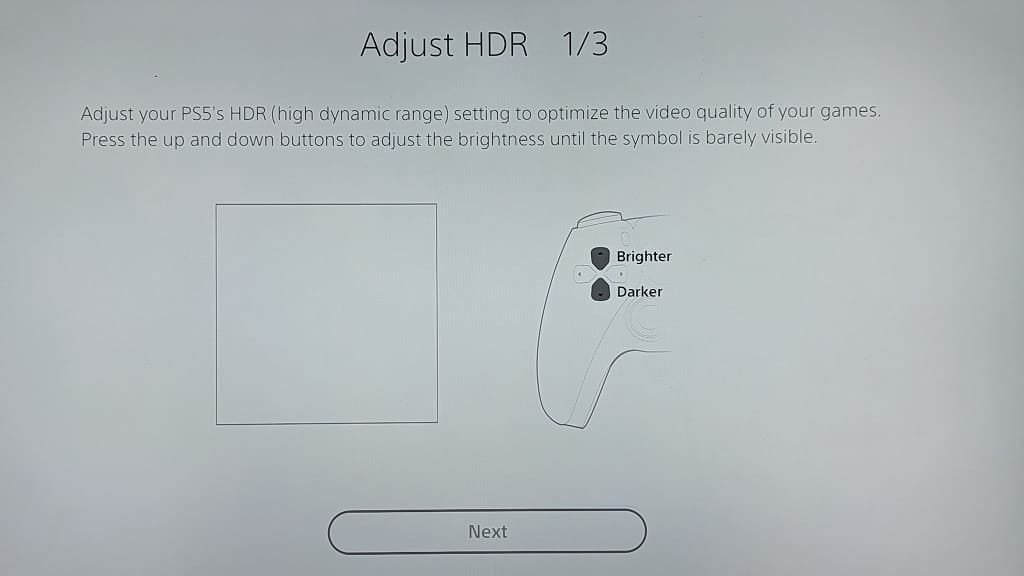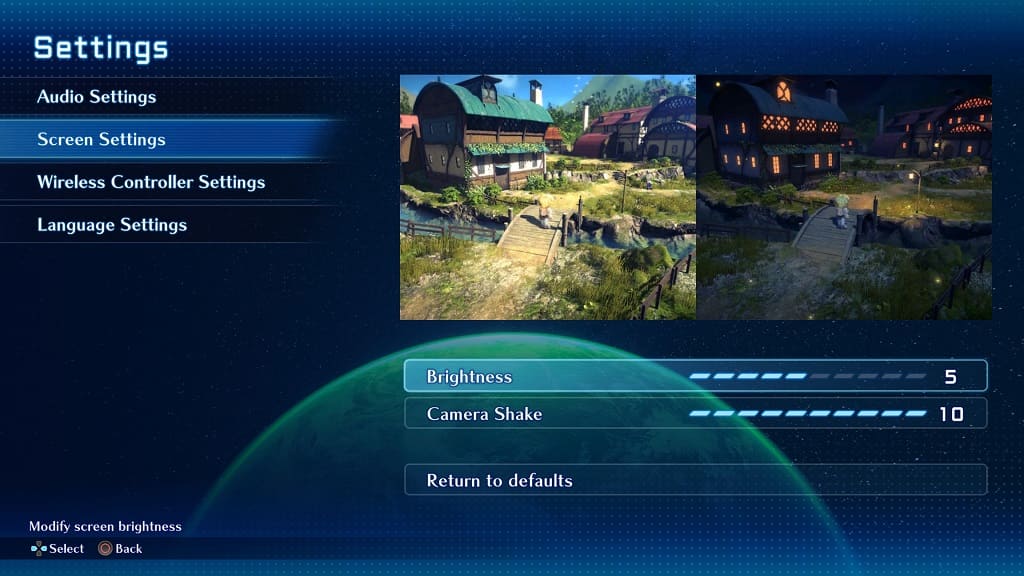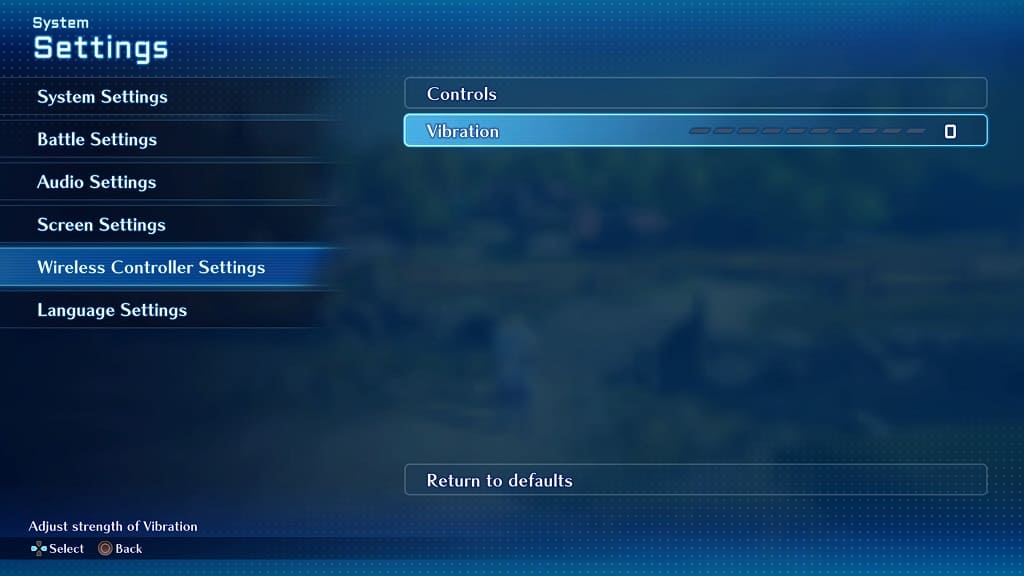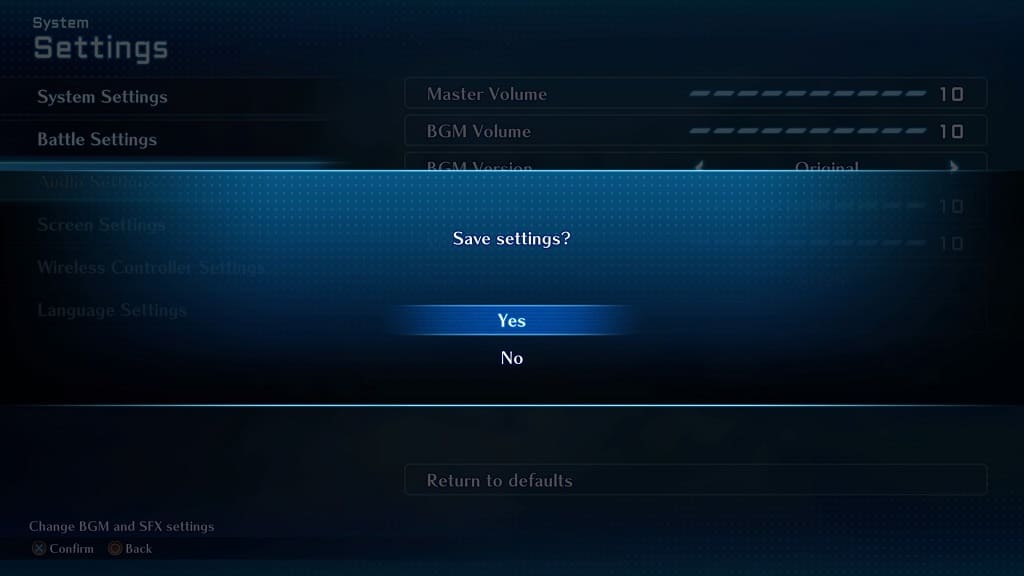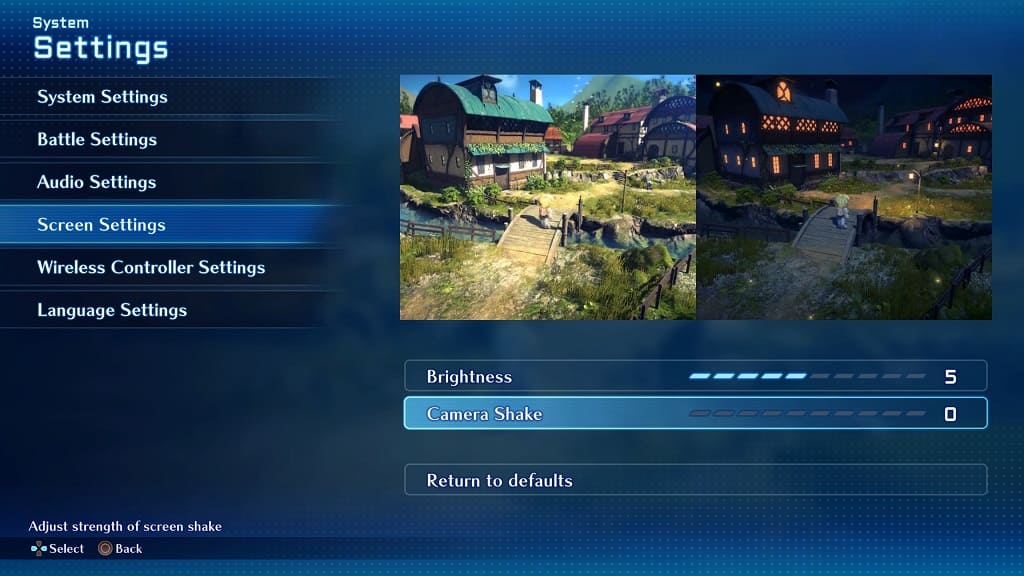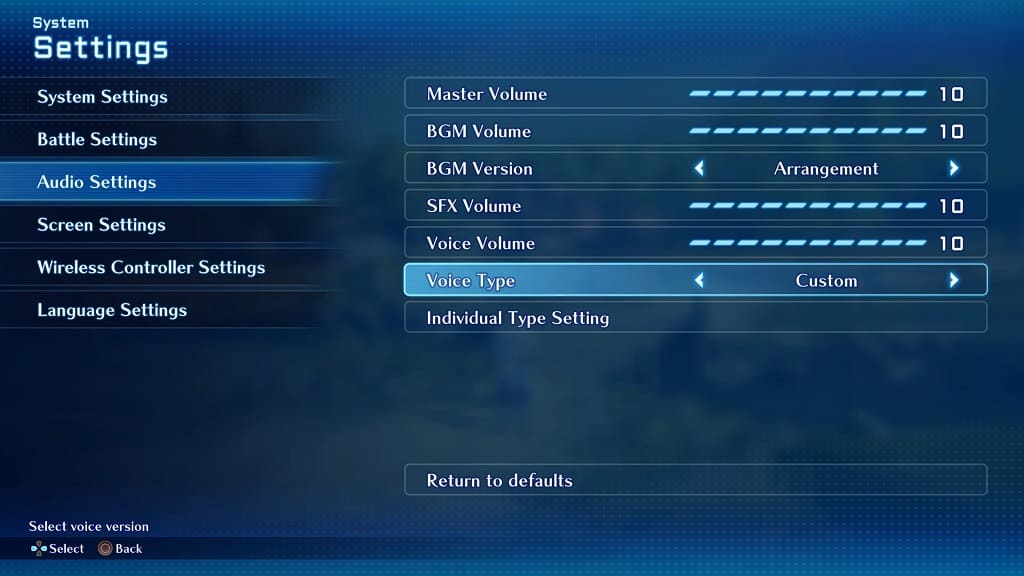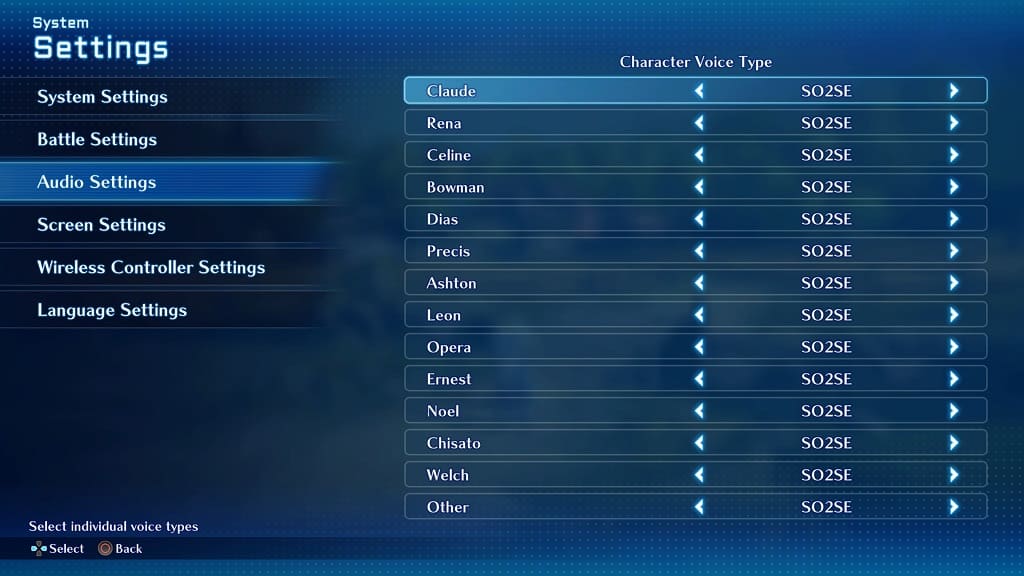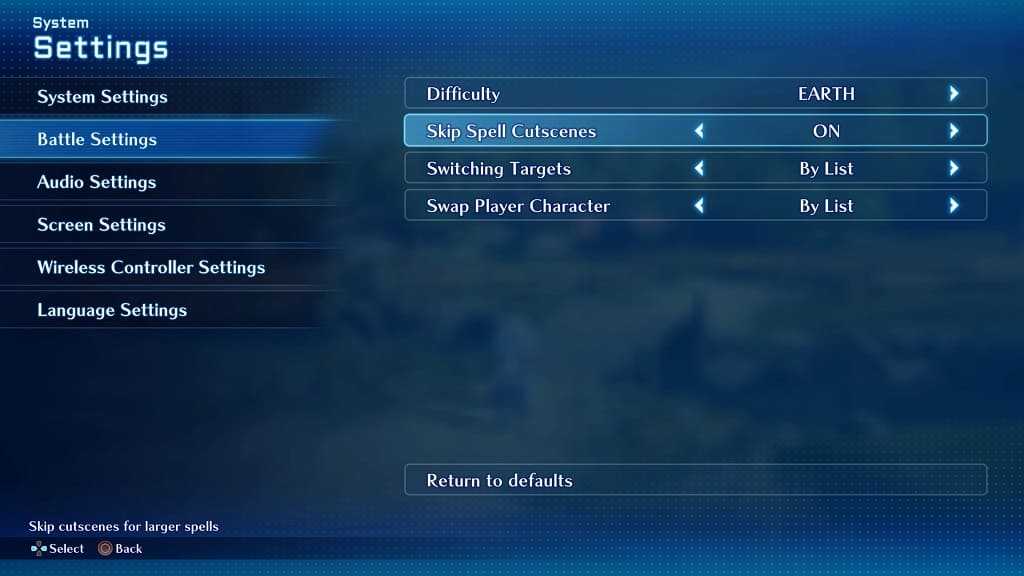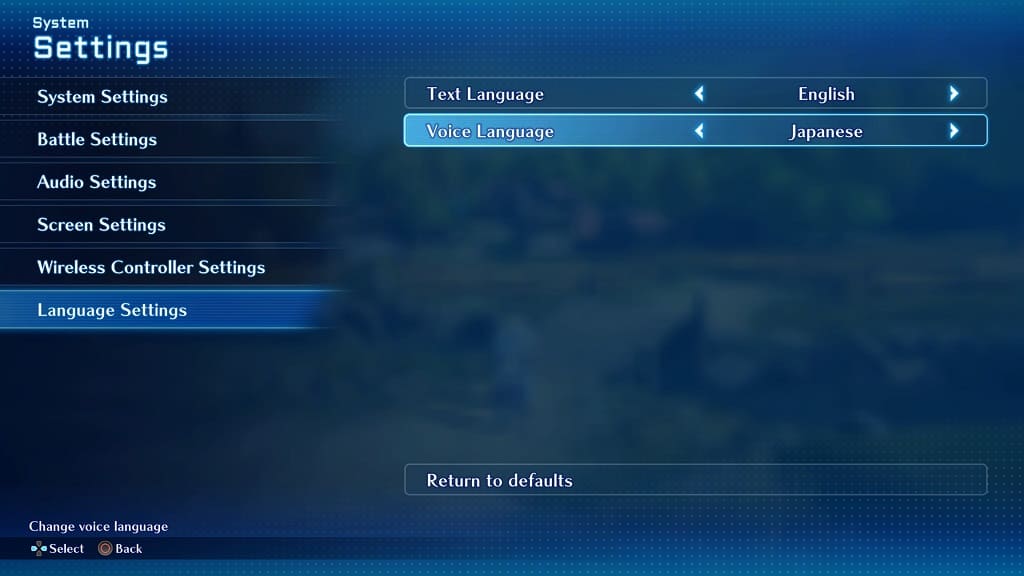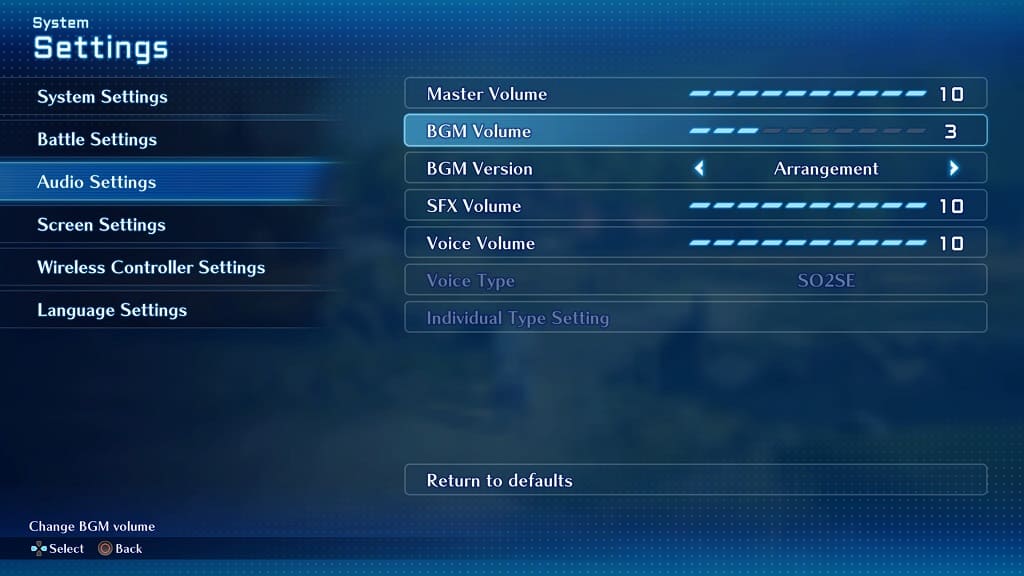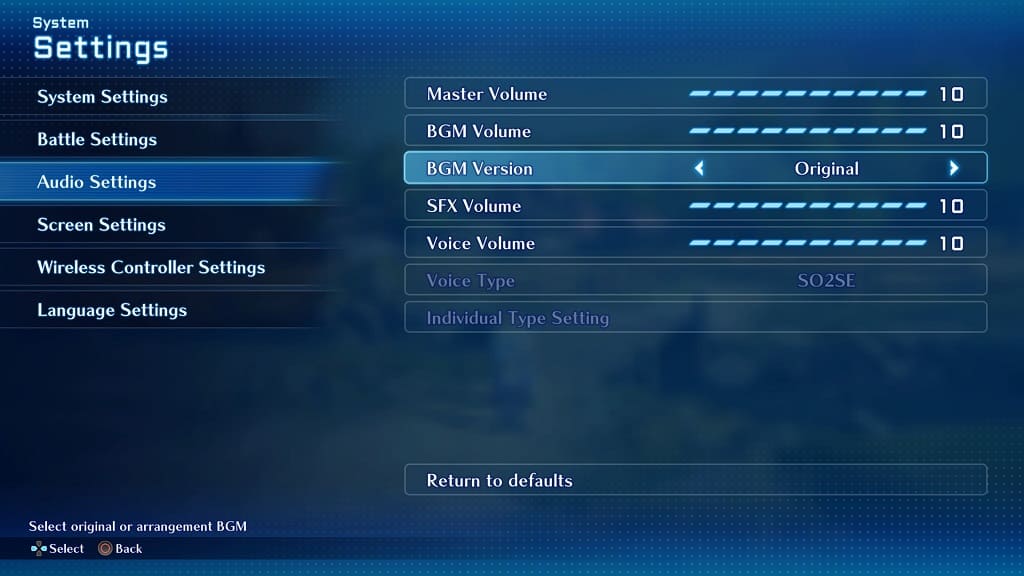If you bought a 2023 Samsung Q80, Q80C or Q80CD series television set, then you can check out this Seeking Tech guide to see how you can best optimize it for playing PlayStation 5, Xbox Series X and/or Xbox Series S games.
Q80C Console Capabilities
On the PlayStation 5, the Q80, Q80C and Q80CD should be capable of providing the following features:
- Up to 120 frames per second
- Up to 4K resolution
- Variable Refresh Rate between 48 fps to 120 fps
- HDR10
For the Xbox Series X and Xbox Series S, this TV series supports the following:
- Up to 120 frames per second
- Up to 4K resolution
- Variable Refresh Rate between 40 fps to 120 fps
- Low Frame Rate Compensation
- HDR10
Unfortunately, this TV does not support Dolby Vision.
How to optimize the Q80 for console gaming
To get the most out of the new consoles with the Q80, Q80C or Q80CD, we recommend that you take the following steps:
1. If you haven’t done so already, update your Samsung television to the latest available firmware. The new update may include new features, improved performance and/or bug fixes.
2. Next, make sure that your console is connected to your television screen.
All four ports of the Q80 series are HDMI 2.1. So, you need to use the HDMI 2.1 cables, which came with the PS5 and Xbox Series X consoles.
The Xbox Series S console only comes with an HDMI 2.0, which should be good enough. With that said, you can also get your own HDMI 2.1 cable for the Series S if you want to take full advantage of the video transfer bandwidth.
3. Next, open the Settings menu of your Q80, Q80C or Q80CD. From there, go to the External Device Manager and then check to see that Input Signal Plus is enabled for the HDMI port that is connected to your console.
4. From the same External Device Manager screen, head to the Game Mode Settings and then enable Game Mode.
This picture setting will reduce the input lag for videogames. It is applicable to all consoles that use the HDMI connection, including the PC, PlayStation 4, Xbox One, Nintendo Switch as well as the PlayStation 5, Xbox Series X and Xbox Series S.
By enabling Game Mode of the 2023 Q80 series, Variable Refresh Rate support will automatically be turned on for the TV as well.
The Game Mode Settings have several other options that you can adjust, such as Dynamic Black Equalizer and Game Motion Plus. We suggest that you leave these alone for now. If the game you are playing is too dark, then you can use Dynamic Black Equalizer. If the game appears to be running at an unstable frame rate, then you can try using the Game Motion Plus features.
5. Afterwards, head over to the Expert Settings section and set Color Tone to Warm 2.
6. You should be done setting up the Q80, Q80C or Q80CD for playing games. With that said, there may still be more work to do on your console.
On your PS5, open its Settings menu and then head over to Screen and Video > Video Output. On this screen, make sure you do the following:
- Resolution: 2160p
- VRR: Automatic
- 120 Hz: Automatic
- ALLM: Automatic
- HDR: On When Supported
- 4K Transfer Rate: Automatic
- Deep Color Output: Automatic
- RGB Range: Automatic
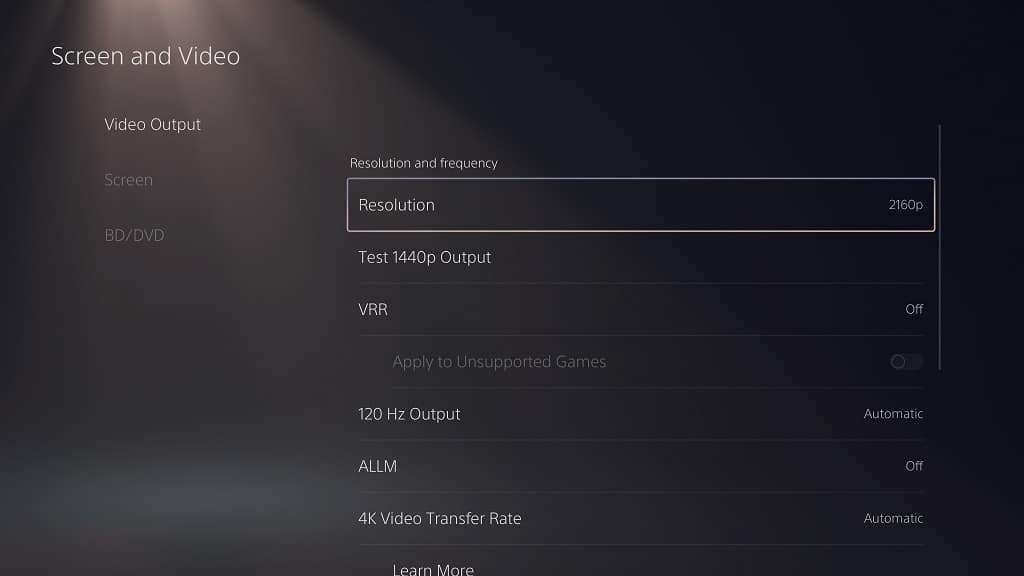
On the Series X or Series S, head over to the console’s settings menu and then select General > TV & Display Options. From there, make sure that Resolution is set to 4K UHD and then head over to the Video Modes section. Afterwards, tick the following boxes:
- Allow Auto-Low Latency Mode
- Allow Variable Refresh Rate
- Allow 4K
- Allow HDR10
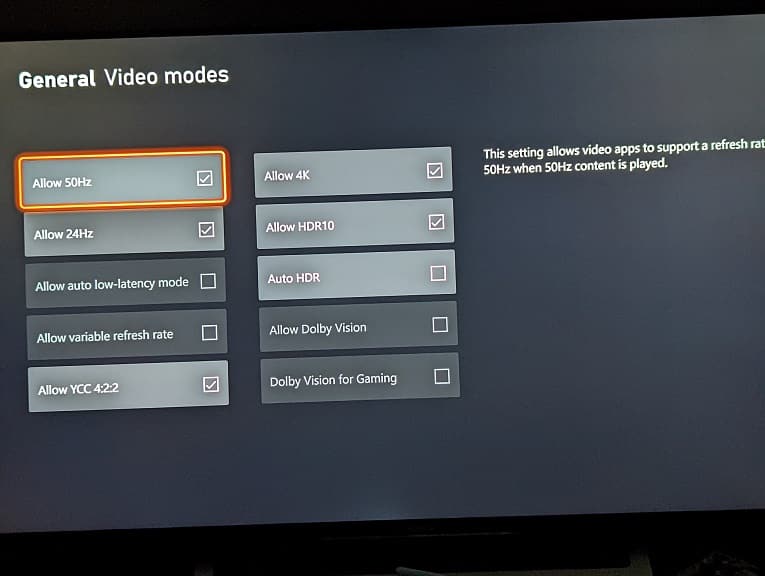
7. One last step is to optimize the HDR brightness output on your console.
You can do so on the PS5 by going to Settings > Screen and Video > Video Output > Adjust HDR. On Xbox, go to Settings > General > TV & Display Options > Calibrate HDR for Games.
Afterwards, follow the on-screen instructions to properly calibrate the console’s HDR brightness to match the capabilities of your Q80, Q80C or Q80CD television set.


